The farmhouse charm and space-saving ease of barn doors make them a no-brainer. But figuring out the right hardware? That tends to get overwhelming, especially when shopping online. There are so many design variations—where do you begin? This guide will help you navigate your choices and find the perfect barn door hardware for your home.
Part 1: Sliding Hardware
What Are the Types of Barn Door Hardware?
There are several types of barn door hardware, each with its distinct style and functionality:
Classic Flat Track:
The most common and straightforward option, featuring a flat metal track and rollers. It’s versatile and suits various door styles.
Box Track:
Encloses the rollers within a metal box, providing a sleek and modern appearance while protecting the rollers from dust and debris.
Ceiling-Mounted Track:
Ceiling-mounted barn door hardware is a specialized option ideal for unique spaces where traditional wall mounting isn't feasible. This type of hardware attaches directly to the ceiling, providing a clean and unobtrusive look. It's particularly useful in rooms with limited wall space or where aesthetic considerations dictate a different approach. Ceiling-mounted hardware is sturdy and designed to support the weight of your barn door, ensuring smooth and reliable operation.
Bypass Track:
Allows multiple doors to slide past each other, perfect for closets or areas with limited space. Bypassing tracks are also best for wide door openings, since they accommodate multiple doors.
Exterior Barn Door Hardware:
This is hardware made with materials that will stand up to the elements—think galvanized steel or stainless steel. It may also include design features to protect it from weathering, such as an enclosed track to protect the trolleys from corrosion and build-up of dirt and grime.
Heavy duty hardware:
This kind of hardware has a higher weight rating for very heavy or very large doors-ideal for actual barn doors, or doors made from dense luxury hardwoods like Ipe or Wenge wood.
How Do I Choose the Right Barn Door Hardware?
Choosing the right barn door hardware involves several considerations:
Door Weight and Size: This is the most important thing to get right. Make sure the hardware can support the weight and size of your door. Most kits specify weight limits and door dimensions they can handle. (If they don’t, that’s a red flag!)
Material and Finish:
Match the hardware material and finish with your home’s décor. Common choices include stainless steel, brass, and powder coated steel. Brass hardware typically develops a patina over time and requires brass polish, while other materials are lower maintenance.
Budget:
Prices vary widely, so decide on a budget beforehand. Remember, higher quality often means better materials and smoother operation. Barn door hardware is a category where you get what you pay for, so it’s better to buy a higher quality kit once that you don’t need to replace just a couple of years later.
Aesthetic and Style:
Choose hardware that complements your door and room style. Don’t feel like you have to opt for something rustic just because the idea of a barn door is rustic. You'll always end up regretting going against your own taste. Fortunately, you don’t have to—there's a barn door hardware kit for every taste.
The primary way that the style of hardware will differ is the shape and size of the hangers. These attach to the doors either on the face of the door, or on the top edge of the door. For a more minimal look, top-mounted hangers are best. In the case of box rail hardware, you can't see the hangers at all.
The second way that the style of hardware differs is the shape of the track itself. Flat track, box rail, and rounded track hardware are the most common. The rounded hardware is usually tubular, meaning that it's hollow. But our Swiss Rod hardware is solid steel or solid brass, which makes them more robust.
If you want help deciding, take our quick, easy quiz:
Part 2: Floor Guides
What does a floor guide do?
A floor guide is essential for barn doors. Do not skip this component—it's super necessary for safe and reliable operation of sliding doors. Floor guides keep the door in place as you slide them open and closed. Without a floor guide, the door will wobble around as you move it—and could get pulled off the track.
How to choose a barn door floor guide
For a completely concealed look, choose a T shaped guide. Our barn door hardware kits come with a T guide as standard. You’ll have to put a small notch in the bottom of the door—we do this for you if you order your barn doors from us, but any contractor or handyman can do this for you as well.
For a floor guide that’s visible but still low profile, opt for a C shaped guide. And for situations where you can’t drill into the floor, or don’t want to, we recommend a wall-mounted roller guide.
Handles and Pulls
Handles are the final touch. They’re also important stylistically as they can coordinate or detract from the track itself. Here are your basic options:
Flush pulls: Flush pulls are recessed into the door itself. You can choose from many shapes, from round to rectangular. We recommend this style for the wall-facing side of the door.
Bar pulls: These bar-shaped pulls can be short or long depending on your desired look. Ultra-long bar pulls are a customer favorite because they add drama. But bar pulls also may be easier to operate than flush pulls for those with arthritis or mobility issues.
Ring pulls: More rustic in style, ring pulls are a ring attached to a metal plate.


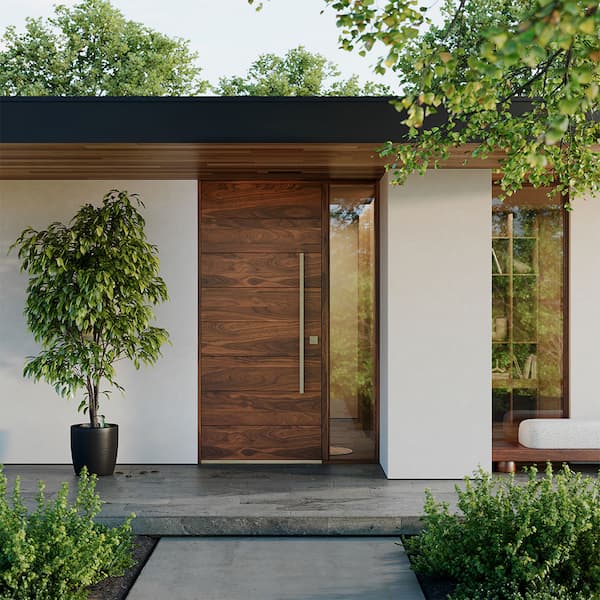


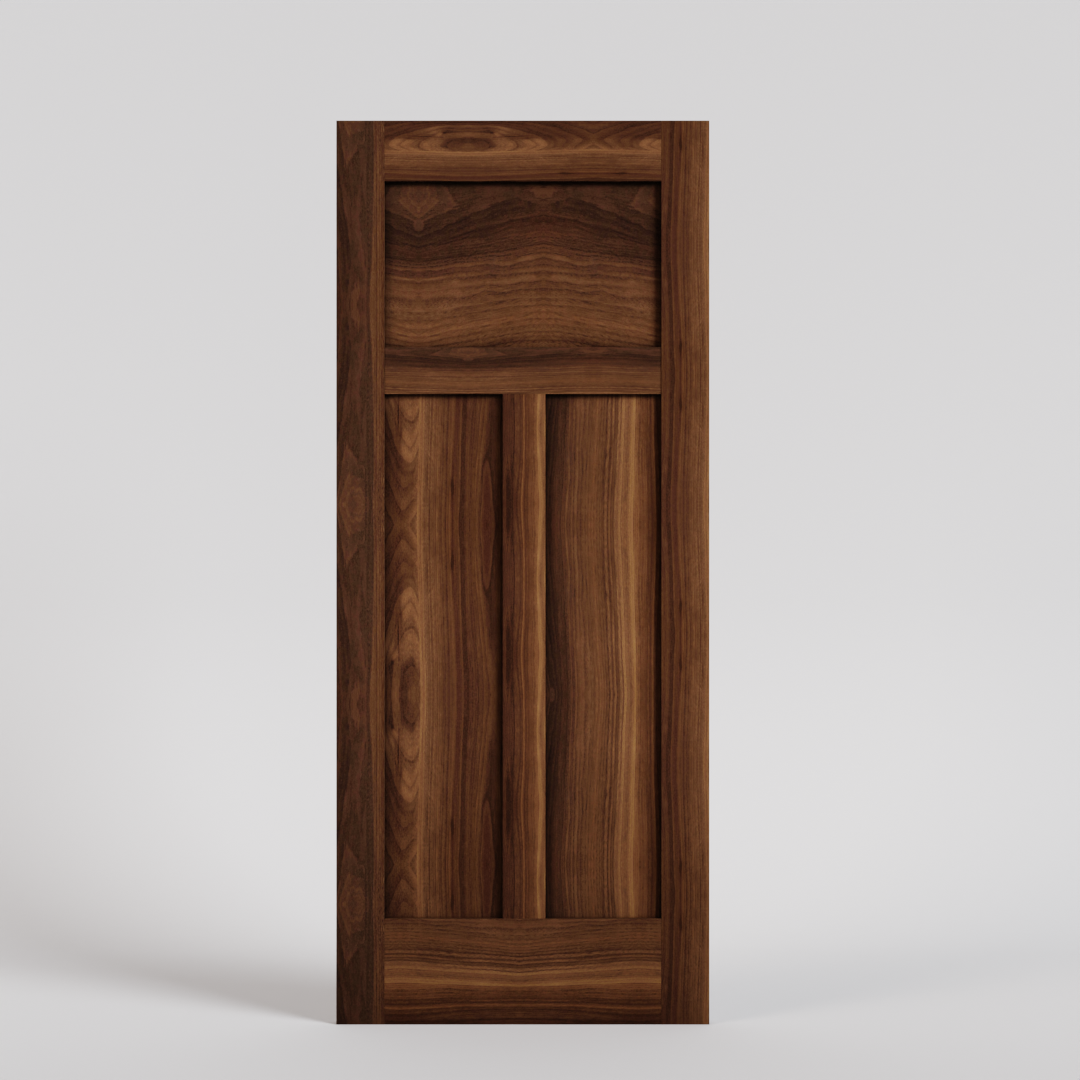
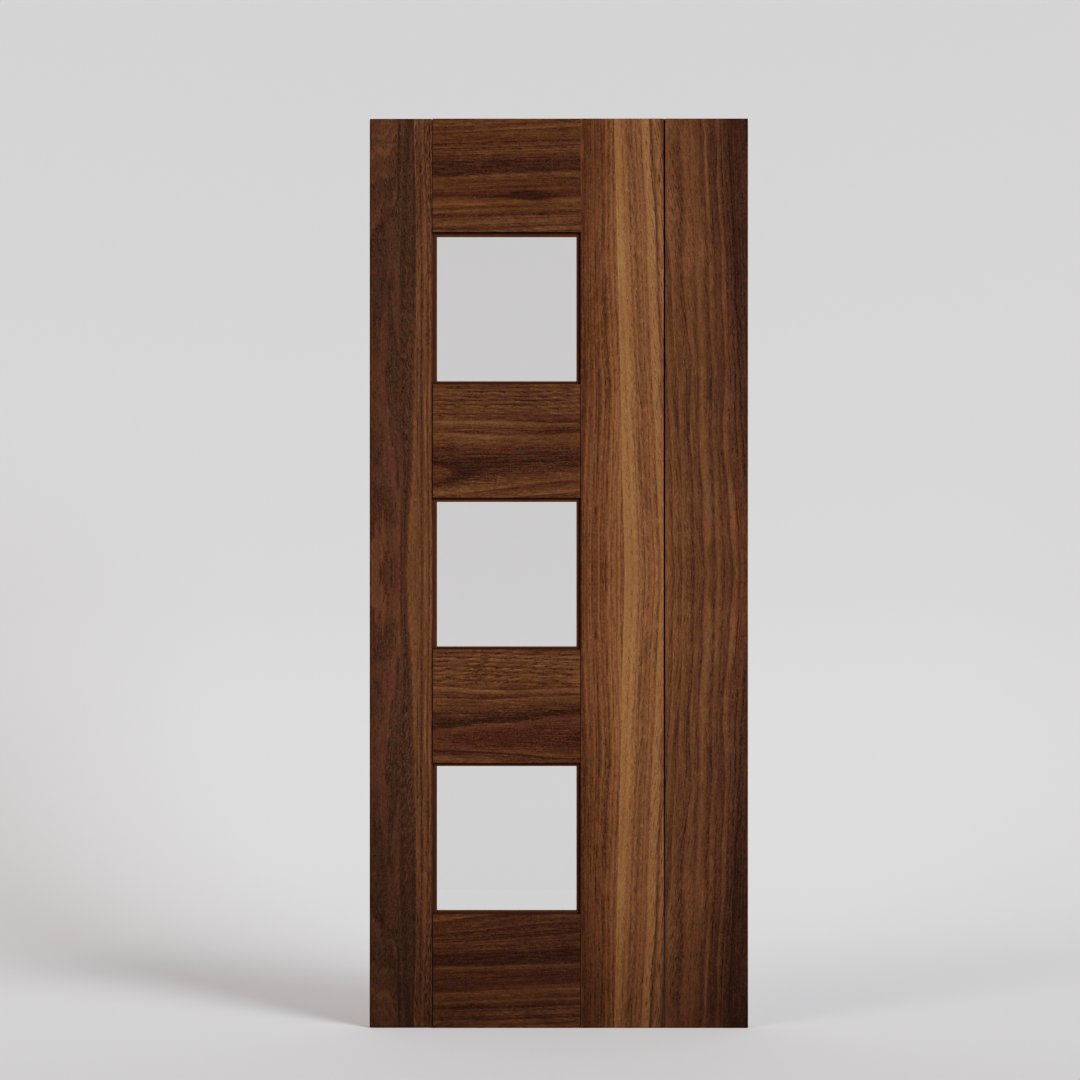
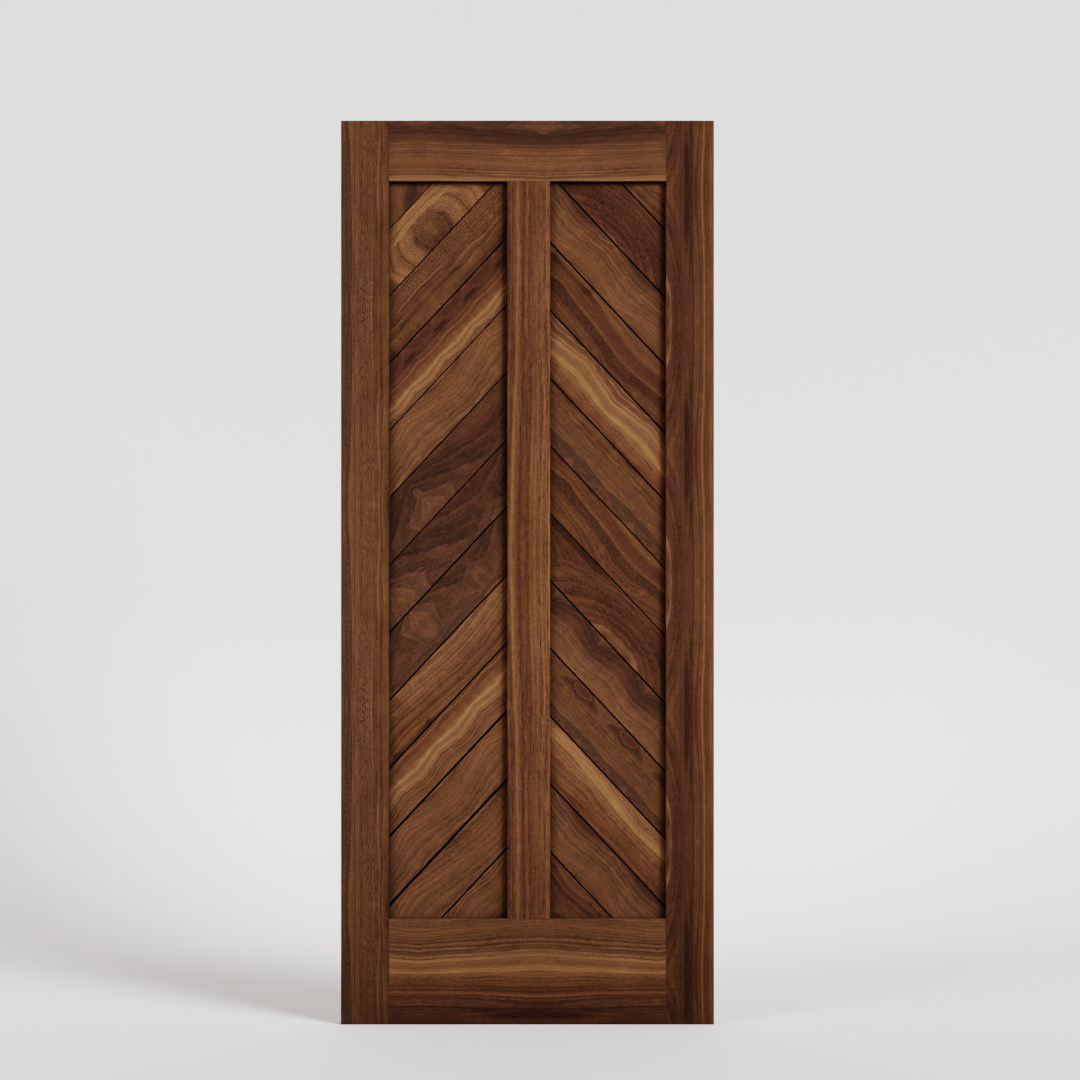
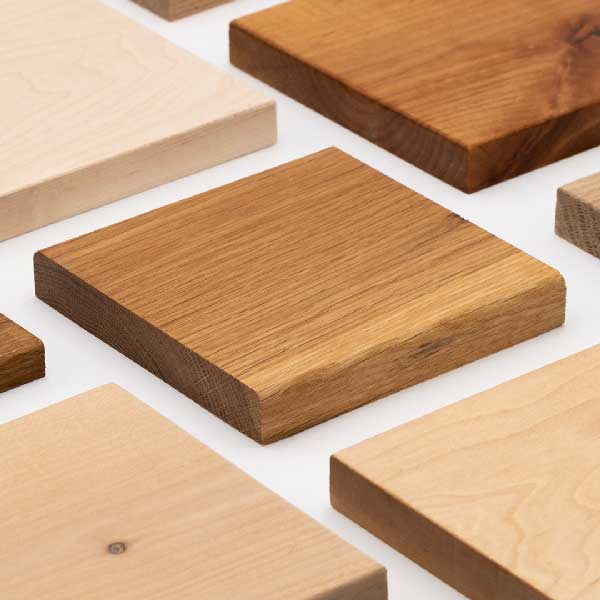
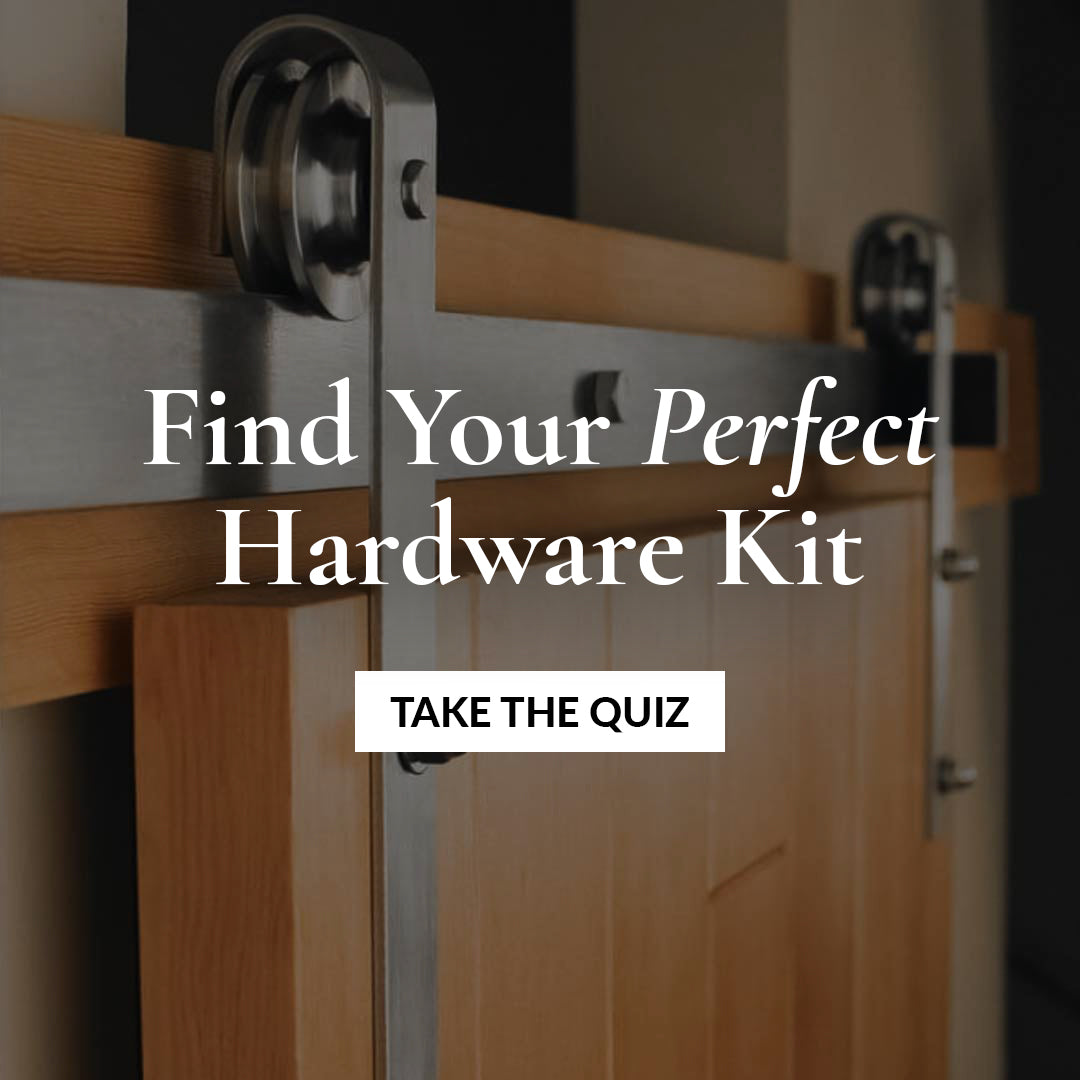
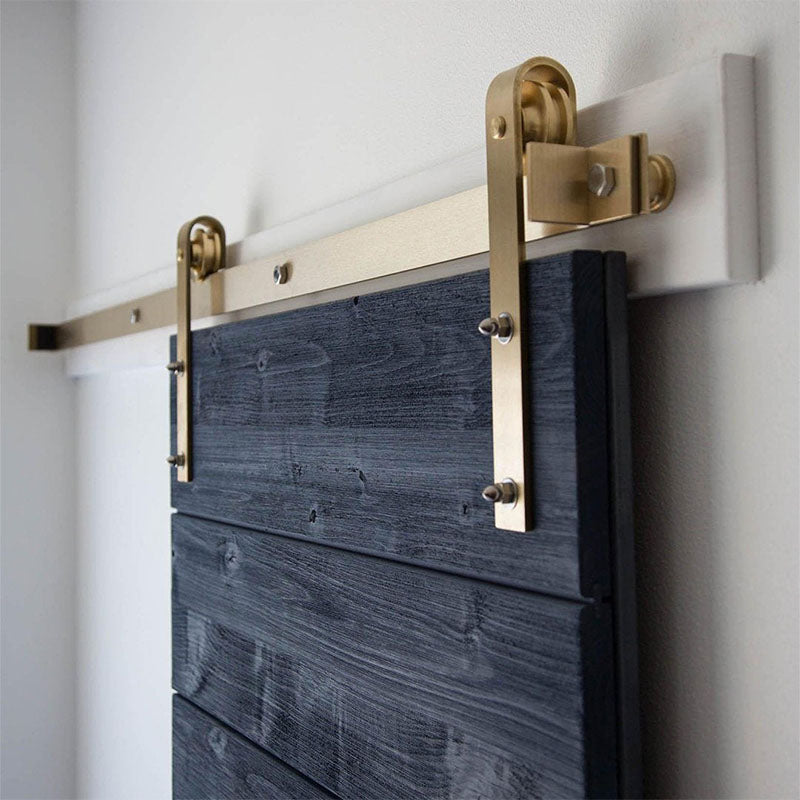
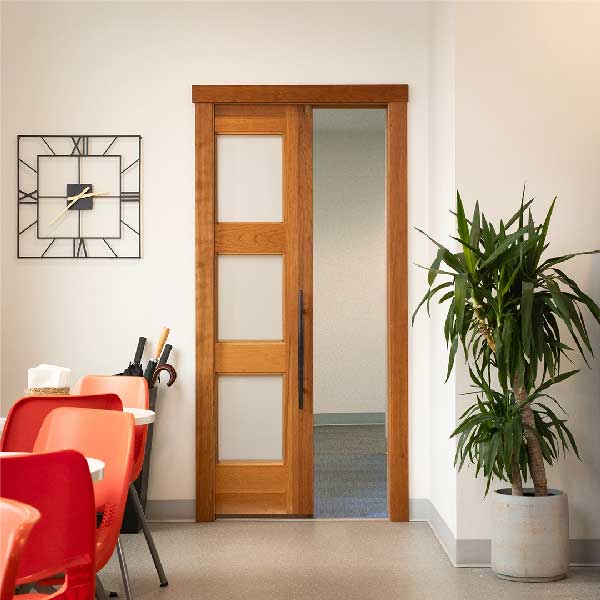

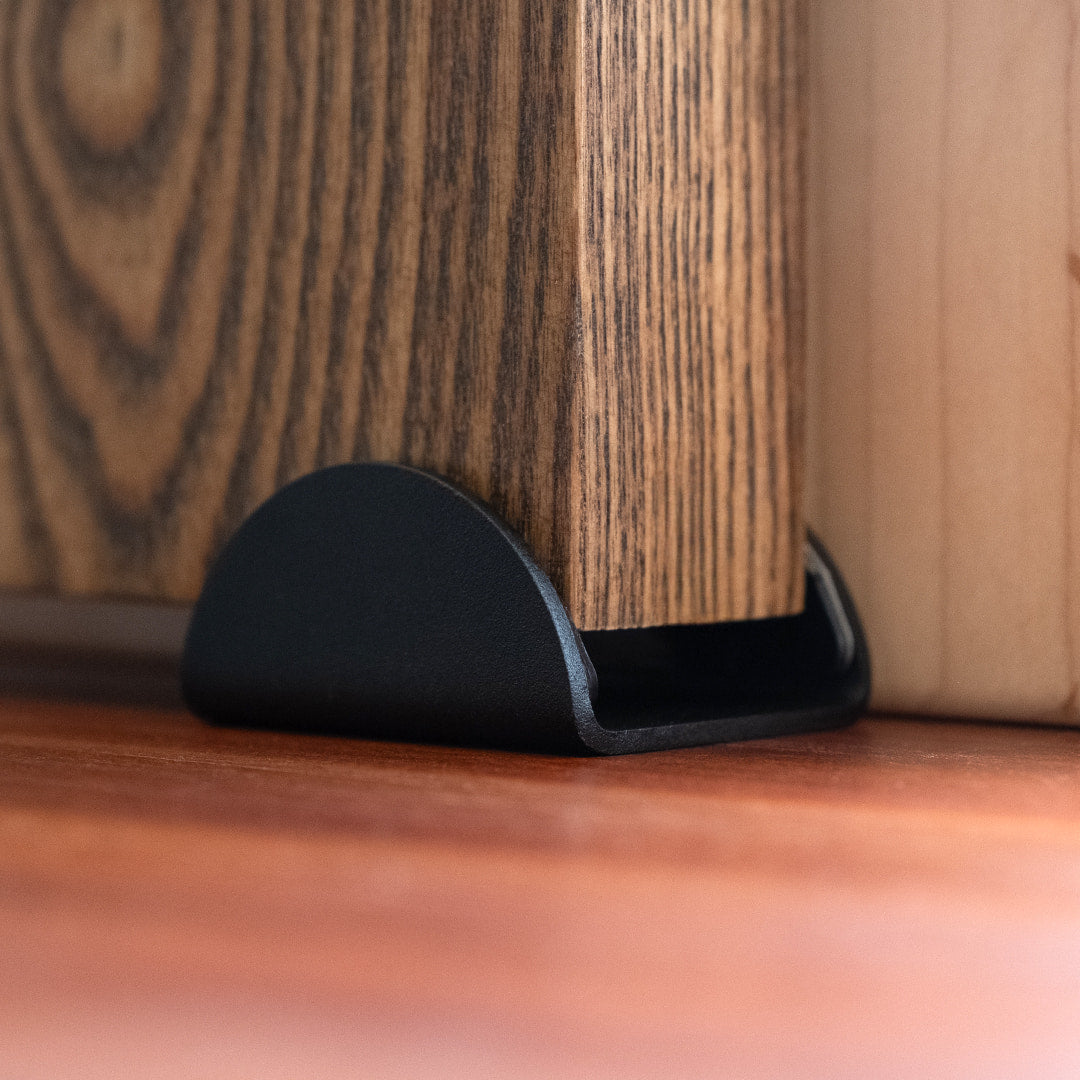
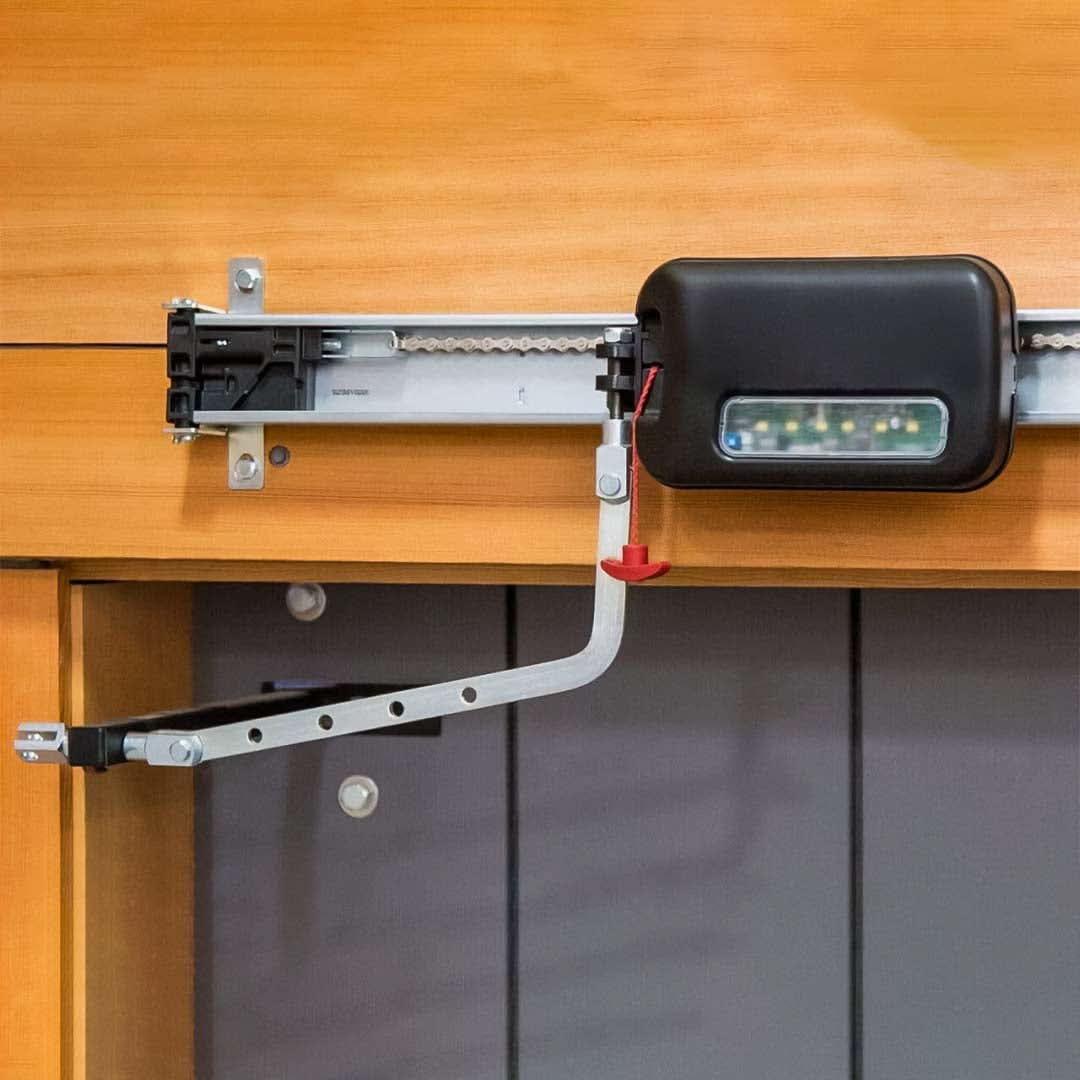






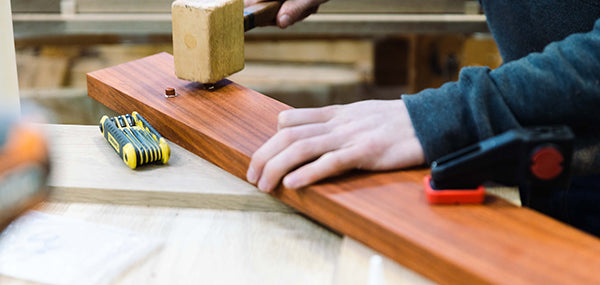

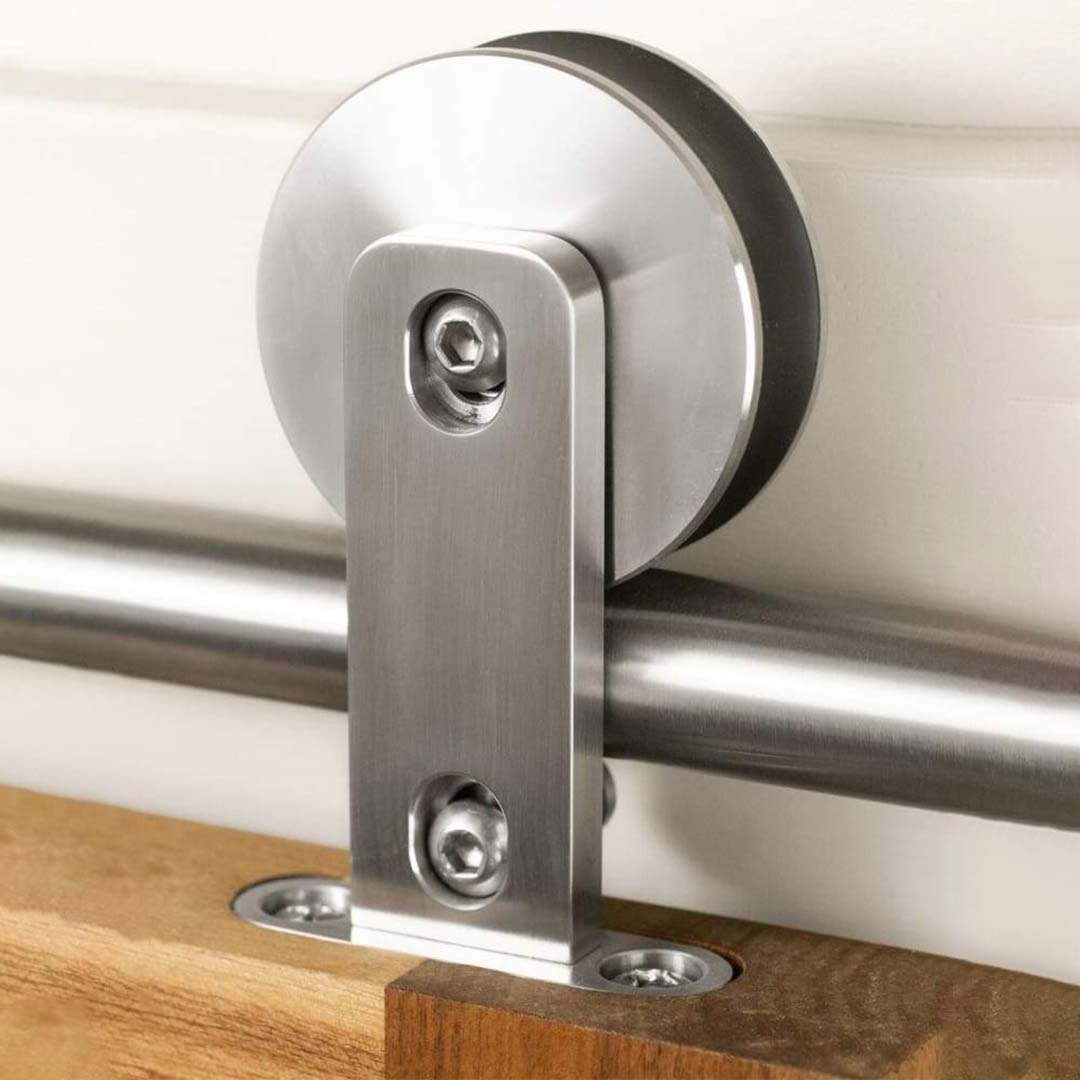


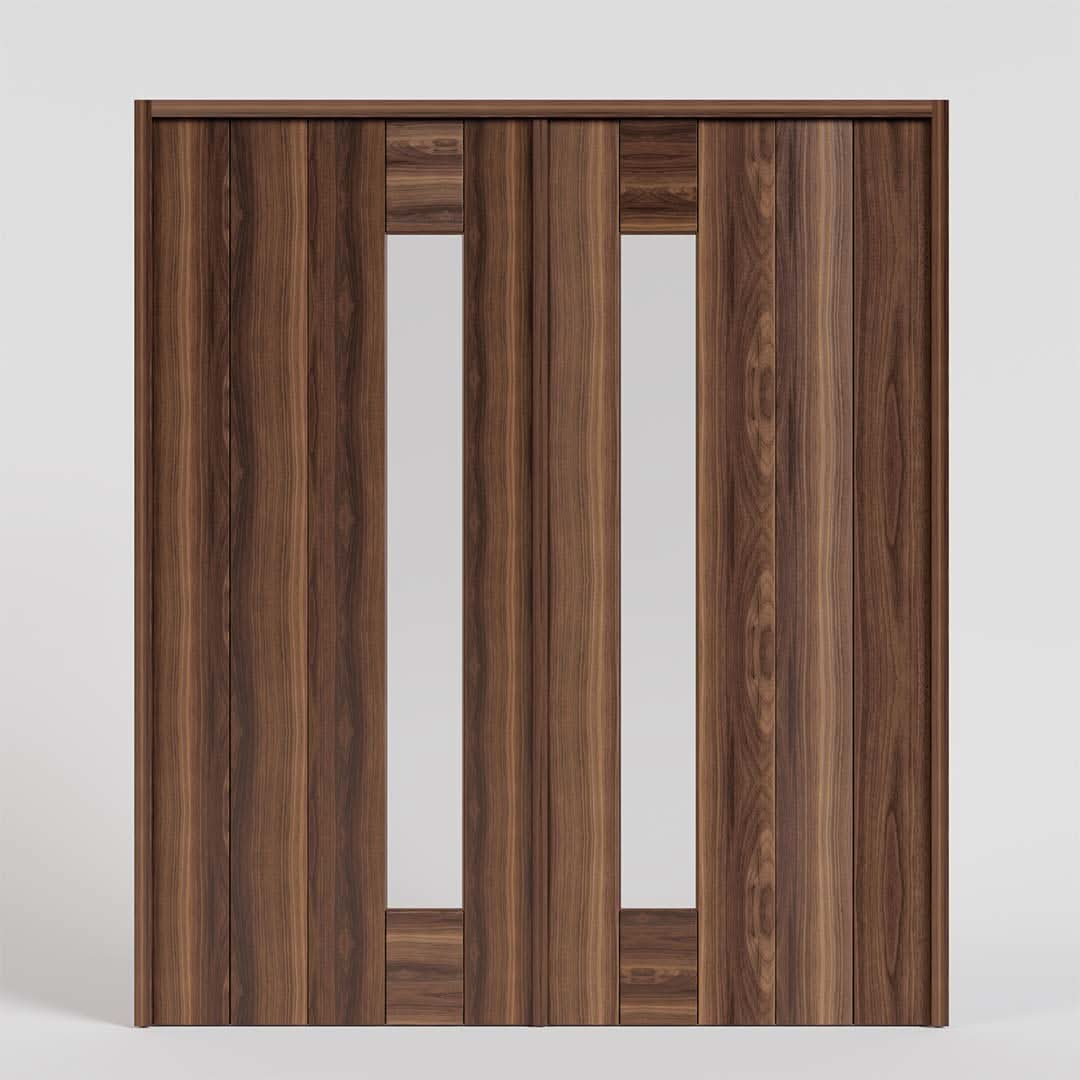
Leave a comment (all fields required)